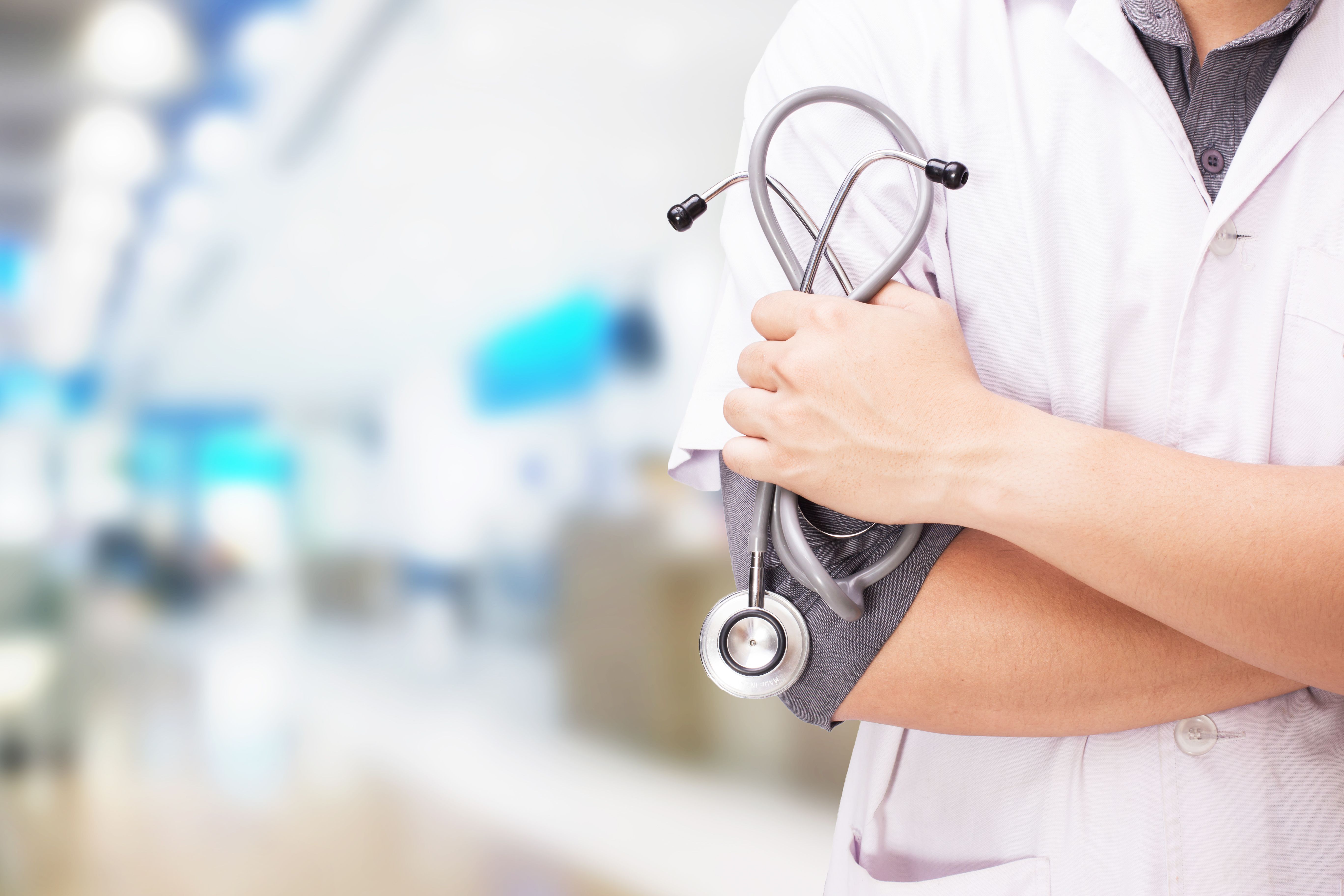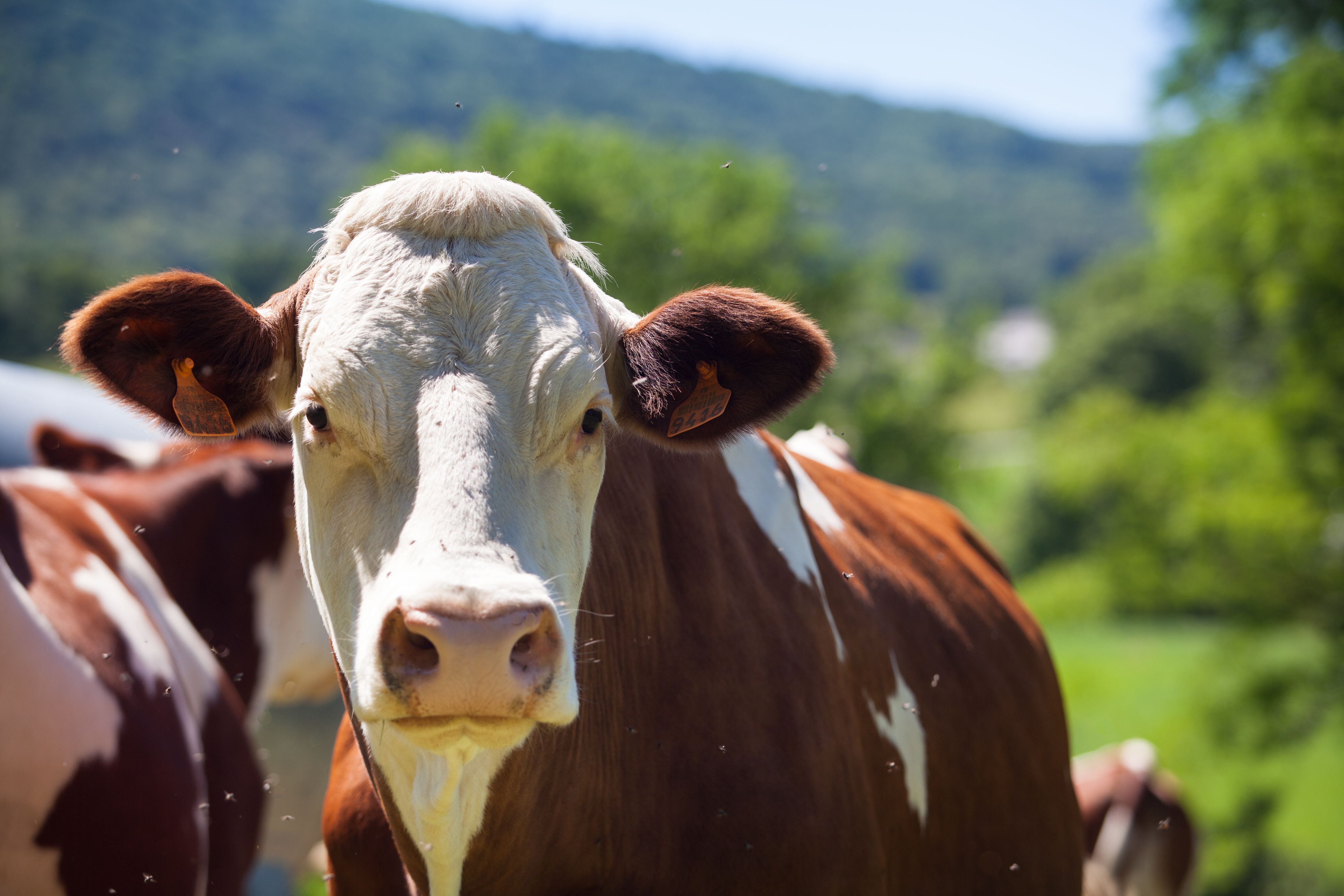The creation of processes and continuous improvement of them is a goal for all companies, especially those of manufacturing. To obtain continuous improvement and speed up manufacturing times, it is necessary to start looking for systems that integrate the physical work area with the digital world, it is at this point where companies begin to look for more about IoT.
What is the IoT?
The Internet of Things is the ability to connect elements or equipment to the Internet in order to carry out a remote control and/or monitoring over them.
Despite the fact that the translation of IoT is “Internet of things”, a colloquial way of defining it would be “Connect anything to the internet”.
What technology does the IoT use?
Let's get a bit technical, normally a device that works as a translator is used, which fulfills two functions: Ability to connect to the internet and, on the other hand, connection to another communication protocol (serial RS-232, USB, ModBus, inputs and digital outputs, etc.), in this way we can connect equipment that we cannot originally connect to the internet such as an electric motor, the ability to turn it on and off remotely, or know its working variables such as current, voltage, etc.

Advantages of IoT
IoTs arise from the need to be able to communicate remotely with equipment and to be able to control them (turn on, turn off, modify a parameter, etc.) or, where appropriate, to be able to monitor and record the values in order to obtain traceability.
Eliminate human factor errors.
IoTs can be used in production areas such as quality control to keep products within the standard and avoid human errors.
It allows the control of variables remotely.
Turn on, turn off, cool, heat, and modify various parameters remotely, in order to automate and/or control various processes.
It allows the acquisition of data in a direct way, with which decisions can be made.
IoTs allow you to monitor and visualize the variables that the device offers, and not only that but also to store the data for future reference or decision-making.
Why should you be using the IoT?
The IoT is the evolutionary step of integration of any administrative management system, since it allows direct, remote and controlled connection with the equipment of your company or business.
Let's take a more practical example, in a quality control process the highest percentage of error comes from the human factor, right?
If a manufacturing company that uses a Kanban system between the warehouse area and the production area, it is desired that the supply of raw material is available just at the time that production requires it, the material must be dispatched in advance. Otherwise, it will remain unused for a long time in the production area, occupying a space that could be used for other purposes and take a risk of possible damage, but if it is dispatched late, the production process would be halting, which is why the main objective of Kanban is to be able to have the raw material just in time.
To solve this, the best option is for the warehouse area to know the rate of consumption of raw material in production, therefore, the most suitable way would be to integrate an IoT system into production that acquires information directly from the machine each time material is consumed, in this way the warehouse area would know the rate of production consumption and send the raw material just in time.
Additionally, IoT devices can be used to integrate an Andon system to display the production status into the machine, although these signals are not only left for display only, but are also stored on the company's servers and ERP.
Examples of IoT and application areas
With the Industry 4.0 movement, IoT devices and their need for implementation in companies have become widespread, since they are the peripherals of management systems, and link between field elements (actuators, sensors, alarms, etc.) and administrative systems.

Hospitals
In the case of a hospital, it could be to place an IoT device in the air conditioning or the backup generator, which allows information to be collected remotely, not only if they are in operation or not, but also technical information (current consumption values, voltage, pressure, temperature, etc.) and record it in our system and thus be able to track it regardless of location or time.
Factories
For example in a factory: It can be used in a forklift in order to analyze its performance, placing an IoT device that identifies the forklift and the operator at the time of loading material, in order to know how much time is used to load material, what is the frequency and use the information to streamline the other processes.


Stock
Another example is to place an IoT device on the scale of a warehouse and thus have a digital record of the measurements made and make a direct match with the identification of the weighed material either by barcode or RFID.
Cattle raising
In livestock farming you can have applications with IoT, for example in a farm interacting with RFID you can know how many cows are in one place or another and in this way make decisions about opening pens, activating feeding systems, adapting light intensity, etc.

All about Odoo IoT and its future
Odoo has a device designed to integrate the different available modules (Manufacturing, Quality, Maintenance, Inventory, etc.) with the field signals, called Odoo IoT Box. In addition, it allows the data collected from the field to be stored and used for continuous improvement of the processes.
In addition to the examples already mentioned above in application areas, we can also highlight:
IoT in CRM
In the CRM module we could mention countless applications how to connect an IoT Box with an Andon Screen and indicate the production orders, in the quality inspection stage we could connect to the measurement or certification elements and generate a digital checklist (as we shows Fabien, CEO of Odoo in this video).
IoT in Rental
In the Rental module, in the case of a company that rents electric forklifts to different industries, an IoT could be placed that automatically records working hours, battery charging times, etc. In order for all this information to be sent directly to the cloud in order to correctly manage the fleet of rented equipment.